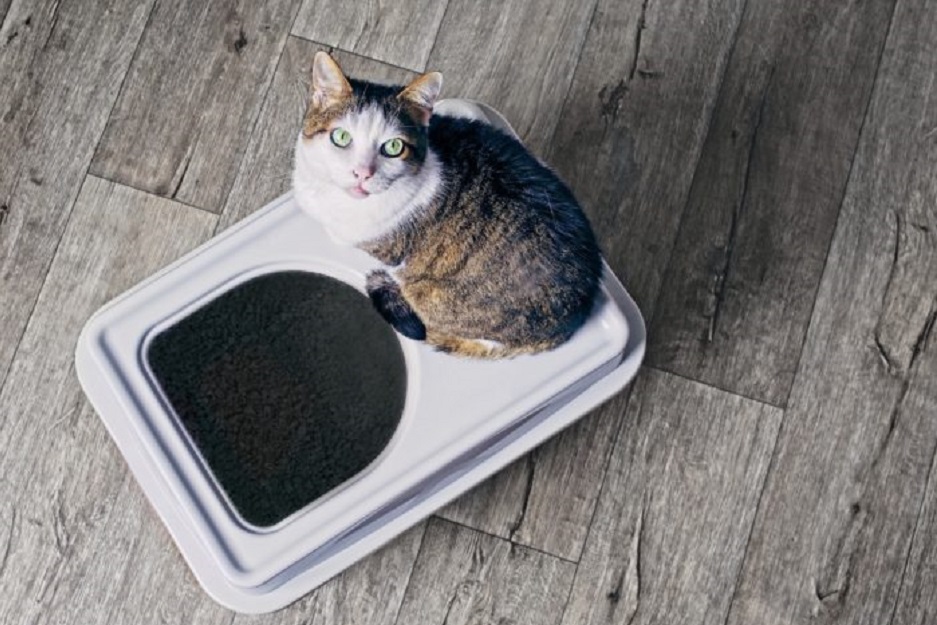
The Scoop on Cat Litter
By Amy P. Castro
Ask any indoor cat owner what the biggest negative is for having a cat, and you’ll likely hear something about the litter box. As a shelter volunteer, I see the result of litter box issues every day when owners arrive to surrender pets who refuse to use the litter box.
Educating customers on the proper type of litter, number of boxes, amount of litter in each and keeping the box clean will not only make for healthier cats, but also for happier customers who buy more litter.
First, let’s talk about litter types. There are two traditional litter types, clumping and non-clumping. Then there’s a whole host of other products: crystal, recycled newspaper, pine and even whole litter management systems. So how do you help your customers decide what’s right for them and their cats? Purina has done a great job of making litter selection easy with their online Litter Selector. By leading customers through a series of questions about their pets and lifestyle, Purina’s Litter Selector will guide them to a product that’s best for both of them.
Next comes the issue of how many litter boxes your customer needs and how much litter goes in each. Too many cat owners use too few litter boxes for the number of cats in the household and not enough litter in each box. Not having enough boxes in multi-cat households creates problems when a box is in use and another cat needs to use the box. Additionally, too few boxes mean boxes get dirtier sooner and increases the odds that cats won’t use them. According to The Humane Society of the United States, the general “rule of paw” is one litter box per cat, plus one more. The right amount of litter in each box is also important. Not using enough litter in each box is another factor that impacts cleanliness and a cat’s willingness to use the box. Purina recommends about two to three inches for non-clumping litter and three to four inches for clumping litter. The right amount of litter gives cats the ability to appropriately dig and bury waste. It also reduces odor because feces and urine are better covered. Encouraging your customers to maintain the proper amount of litter in their boxes will not only help eliminate litter box problems but increase litter sales as well.
Finally, there’s the issue of cleaning the box. Most of the cat adopters I meet have no idea how often to scoop the litter box and end up not doing it often enough. Advising your customers to scoop at least once a day will help keep the litter box clean and encourage cats to keep using the box. According to Purina, encouraging your customers to scoop once daily can also result in an increase in sales of four jugs of litter per year, per household.















